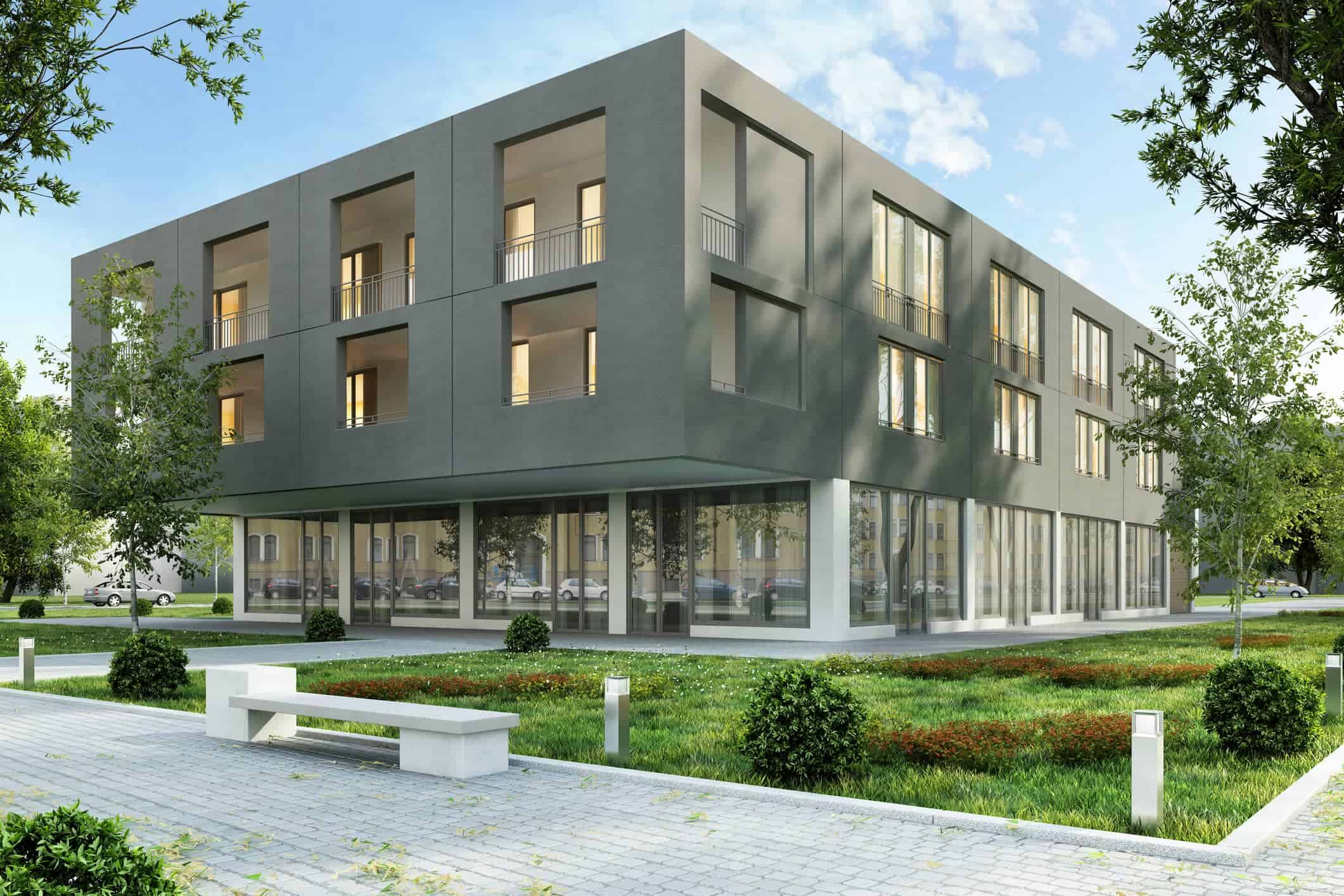Sustainability and Onsite Management
Sustainability has become a critical focus in various sectors, and property management is no exception. In Australia, onsite managers are pivotal in integrating sustainable practices within residential and commercial properties. This article explores how onsite managers can implement green practices, the benefits of sustainability in property management, and real-world examples of successful sustainable initiatives.
The Importance of Sustainability in Property Management
Sustainability in property management refers to adopting practices that reduce environmental impact, enhance energy efficiency, and promote the well-being of residents. For onsite managers, incorporating sustainability is a moral and social responsibility and a strategic advantage that can lead to cost savings, improved property values, and higher tenant satisfaction.
Key Areas for Sustainable Practices
- Energy Efficiency
- Lighting: Switching to LED lighting can significantly reduce energy consumption. Onsite managers can conduct energy audits to identify areas where lighting efficiency can be improved.
- HVAC Systems: Regular maintenance of heating, ventilation, and air conditioning (HVAC) systems ensures they operate efficiently, reducing energy wastage.
- Renewable Energy: Installing solar panels can provide a renewable source of energy for common areas and facilities.
- Smart Thermostats: Implementing smart thermostats allows for more precise control over heating and cooling, adjusting temperatures based on occupancy and weather patterns.
- Water Conservation
- Low-Flow Fixtures: Installing low-flow faucets, showerheads, and toilets can drastically reduce water usage.
- Irrigation Systems: Using smart irrigation systems that adjust watering schedules based on weather conditions can save water in landscaped areas.
- Rainwater Harvesting: Collecting and utilizing rainwater for non-potable uses like irrigation and toilet flushing.
- Greywater Systems: Implementing greywater recycling systems to reuse water from sinks, showers, and washing machines for landscaping and other non-potable uses.
- Waste Management
- Recycling Programs: Implementing robust recycling programs to ensure proper segregation and disposal of recyclable materials.
- Composting: Encouraging residents to compost organic waste, reducing the amount of waste sent to landfills.
- E-Waste Disposal: Providing facilities for the proper disposal of electronic waste to prevent hazardous materials from contaminating the environment.
- Waste Audits: Conducting regular waste audits to identify areas for improvement in waste reduction and recycling efforts.
- Sustainable Landscaping
- Native Plants: Using native plants in landscaping can reduce the need for water, fertilizers, and pesticides.
- Green Roofs: Installing green roofs can provide insulation, reduce stormwater runoff, and create green spaces in urban environments.
- Permeable Pavements: Using permeable materials for walkways and parking areas can help manage stormwater and reduce flooding risks.
- Urban Gardens: Creating community gardens that provide fresh produce for residents and promote sustainable living practices.
- Building Materials and Design
- Sustainable Materials: Choosing building materials that are sustainable, such as bamboo, recycled steel, and low-VOC (volatile organic compounds) paints.
- Energy-Efficient Windows: Installing double-glazed or low-emissivity (Low-E) windows to improve insulation and reduce energy loss.
- Green Certifications: Pursuing green building certifications like LEED (Leadership in Energy and Environmental Design) to demonstrate commitment to sustainability.
- Insulation: Using high-quality insulation materials to reduce heating and cooling needs, improving energy efficiency.
The Role of Onsite Managers in Promoting Sustainability
Onsite managers are in a unique position to influence sustainable practices within properties. Their responsibilities include:
- Educating Residents: Conducting workshops and distributing informational materials to educate residents on sustainable living practices.
- Monitoring and Reporting: Regularly monitoring energy and water usage, and reporting the results to property owners and residents to highlight progress and areas for improvement.
- Maintenance and Upgrades: Ensuring that sustainable technologies and practices are maintained and upgraded as needed to achieve maximum efficiency.
- Engaging with Stakeholders: Collaborating with property owners, residents, and service providers to implement and promote sustainability initiatives.
- Green Policy Development: Developing and implementing green policies that guide sustainable practices within the property.
Benefits of Sustainable Property Management
The adoption of sustainable practices in property management offers numerous benefits, including:
- Cost Savings: Reduced energy and water consumption lead to lower utility bills, which can be passed on as savings to property owners and residents.
- Enhanced Property Value: Properties with sustainable features are often more attractive to potential buyers and tenants, increasing property value.
- Improved Resident Satisfaction: Sustainable practices contribute to a healthier living environment, enhancing resident satisfaction and retention.
- Environmental Impact: Reducing carbon footprints, conserving resources, and minimizing waste contribute to broader environmental conservation efforts.
- Regulatory Compliance: Adhering to local and national sustainability regulations and standards, avoiding potential fines and penalties.
Case Studies: Successful Sustainable Initiatives
Case Study 1: Eco-Friendly Apartment Complex in Sydney An apartment complex in Sydney implemented a comprehensive sustainability program, including solar panels, rainwater harvesting, and a community garden. The onsite manager played a crucial role in coordinating these initiatives, resulting in a 30% reduction in energy costs and a significant increase in resident engagement.
Case Study 2: Green Office Building in Melbourne A commercial office building in Melbourne achieved LEED Platinum certification through the efforts of its onsite management team. The building features energy-efficient lighting, water-saving fixtures, and a green roof. These initiatives have not only reduced operating costs but also attracted high-profile tenants committed to sustainability.
Case Study 3: Sustainable Retirement Community in Brisbane A retirement community in Brisbane focused on sustainability by installing solar panels, implementing water-saving technologies, and promoting a robust recycling program. The onsite manager’s efforts led to substantial savings on utility bills and created a healthier environment for the residents.
Case Study 4: Green Industrial Park in Perth An industrial park in Perth adopted green practices by using renewable energy, managing waste effectively, and improving energy efficiency in warehouses. The onsite manager’s proactive approach resulted in reduced operational costs and positioned the park as a leader in sustainable industrial practices.
Future Trends in Sustainable Property Management
Looking ahead, several trends are likely to shape the future of sustainable property management in Australia:
- Smart Technologies: The integration of smart technologies like IoT (Internet of Things) devices for energy management and automated building systems.
- Carbon Neutral Goals: An increasing number of properties aiming for carbon neutrality through offset programs and renewable energy investments.
- Resilient Design: Designing properties to withstand climate change impacts, such as extreme weather events and rising sea levels.
- Circular Economy: Embracing the principles of a circular economy by reducing waste, reusing materials, and recycling resources.
- Health and Wellbeing: Focusing on creating healthy indoor environments by improving air quality, using non-toxic materials, and ensuring access to natural light.
Implementing a Sustainability Plan: Steps for Onsite Managers
- Assessment and Goal Setting
- Conduct a thorough assessment of the property’s current sustainability practices and identify areas for improvement.
- Set clear, achievable sustainability goals in consultation with property owners and residents.
- Creating a Sustainability Team
- Form a team of stakeholders, including residents, property owners, and service providers, to collaborate on sustainability initiatives.
- Developing and Implementing Policies
- Draft policies that outline sustainable practices and procedures for the property.
- Ensure policies are communicated effectively to all stakeholders.
- Monitoring and Evaluation
- Regularly monitor progress towards sustainability goals through data collection and analysis.
- Adjust strategies as needed based on performance metrics and feedback.
- Engaging and Educating Residents
- Provide ongoing education and engagement opportunities for residents to promote sustainable living practices.
- Celebrate successes and milestones to maintain enthusiasm and commitment.
- Continuous Improvement
- Stay informed about emerging trends and technologies in sustainability.
- Continuously seek out new opportunities to enhance the property’s sustainability initiatives.
Sustainability in property management is not just a trend but a necessity for the future. Onsite managers in Australia have a vital role in driving this change, implementing green practices that benefit both the environment and the community. By embracing sustainability, onsite managers can create healthier, more efficient, and more attractive properties for residents and investors alike. The path to sustainability is an ongoing journey, but with commitment and collaboration, onsite managers can lead the way to a greener, more sustainable future for Australian properties.






